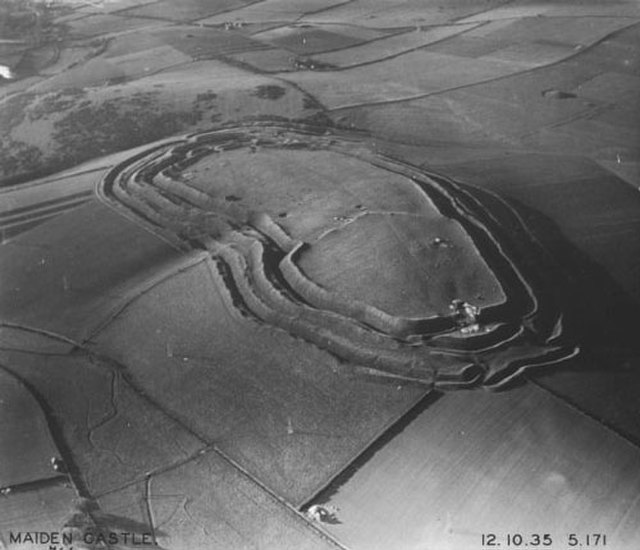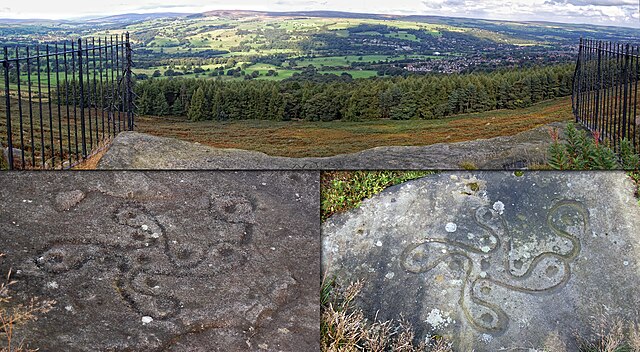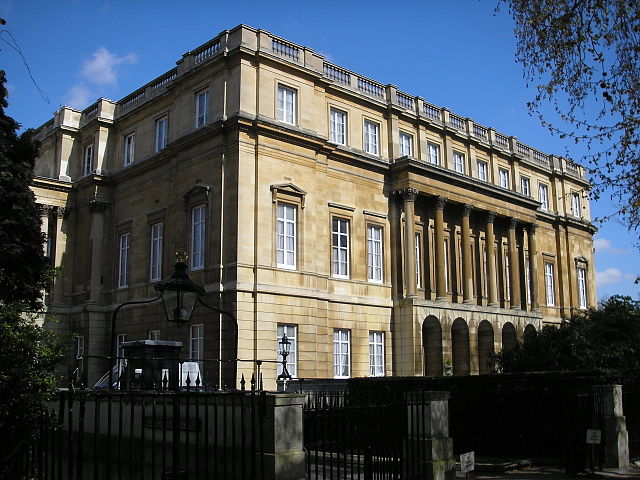Hillforts in Britain refers to the various hillforts within the island of Great Britain. Although the earliest such constructs fitting this description come from the Neolithic British Isles, with a few also dating to later Bronze Age Britain, British hillforts were primarily constructed during the British Iron Age. Some of these were apparently abandoned in the southern areas that were a part of Roman Britain, although at the same time, those areas of northern Britain that remained free from Roman occupation saw an increase in their construction. Some hillforts were reused in the Early Middle Ages, and in some rarer cases, into the Later Medieval period as well. By the early modern period, these had essentially all been abandoned, with many being excavated by archaeologists in the nineteenth century onward.
Eddisbury hill fort's development from univallate to bivallate
Maiden Castle in England is one of the largest hill forts in Europe. Photograph taken in 1935 by Major George Allen (1891–1940).
British Camp, a contour hillfort at Herefordshire Beacon
Dunadd hill fort near Kilmartin in Argyll, similar to ring-forts in Ireland and Iberian castros
Sir Robert Eric Mortimer Wheeler CH CIE MC TD was a British archaeologist and officer in the British Army. Over the course of his career, he served as Director of both the National Museum of Wales and London Museum, Director-General of the Archaeological Survey of India, and the founder and Honorary Director of the Institute of Archaeology in London, in addition to writing twenty-four books on archaeological subjects.
Mortimer Wheeler in 1956
During childhood, Wheeler took an interest in the prehistoric carvings of Ilkley Moor.
Wheeler undertook his BA and MA at University College London (pictured).
Lancaster House, where the London Museum was based







